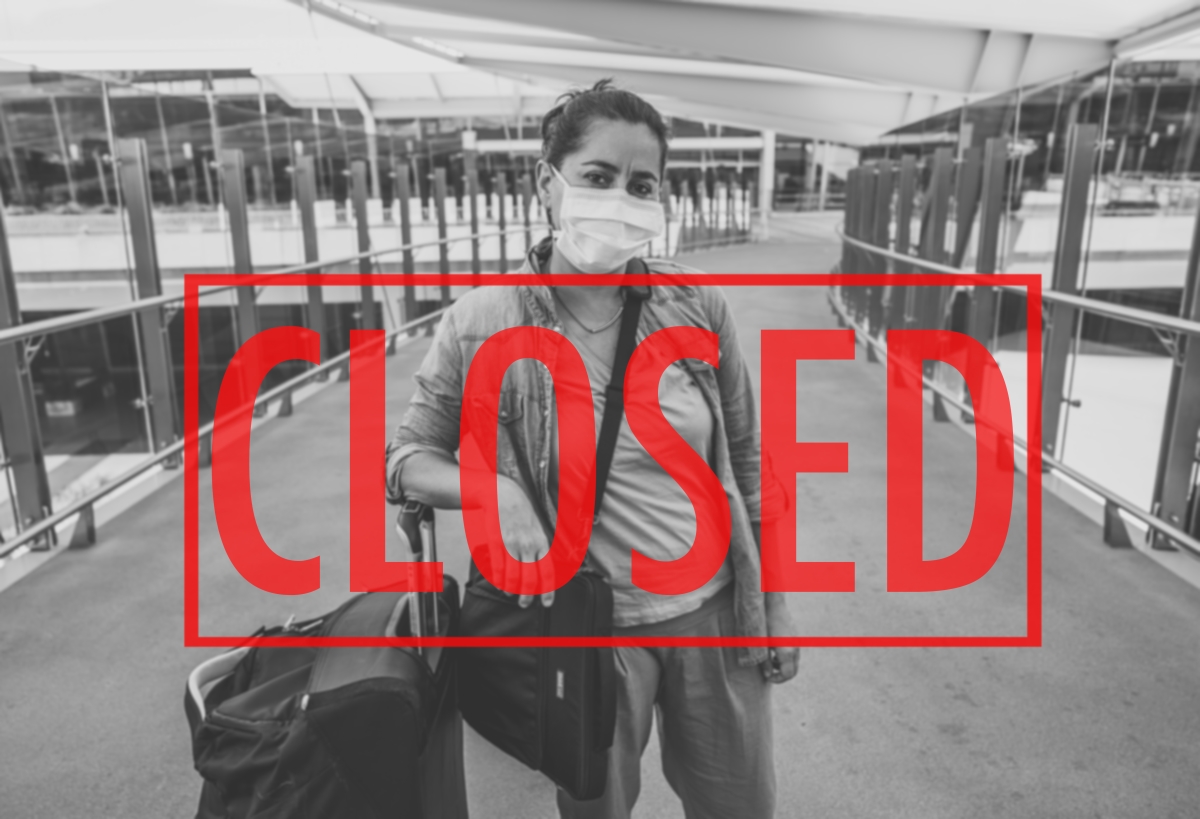A
A
A
Restrictions that were first put in place in March to prevent the spread of COVID-19 between Canadian, the United States and Mexican residents will be extended until at least December 21, 2020. These travel restrictions are incredibly tricky for towns near the borders where residents often travel back and forth multiple times a week.
Canada Travel Restrictions
The Canadian government has created complicated rules that allow some people to cross from the United States into Canada. Generally, these rules allow people who are dual citizens or Canadian residents to return to the county. In most cases, the person must be planning on staying for 15 or more days. The person entering Canada must have quarantined for 14 days before entering the country. You may be able to enter if you can prove that you have extended family members living in the country.
Read More »
Canada also makes an exception for those who need to travel for compassionate care reasons, such as caring for someone unable to care for themselves or seeing a passing family member. You may also be able to enter the country if you are attending an end-of-life ceremony. ‘
Mexico COVID-19 Travel Restrictions
The situation in Mexico is a little bit trickier to understand. The United States and Mexican governments have jointly banned land-travel between the two countries for non-essential purposes. That ban will remain in effect until at least December 21, 2020.
If you plan to take a flight to Mexico, then you may be able to continue with your plans, even if you are going for non-essential reasons. You can expect long delays at Mexican airports and must complete a health screening. If you do not pass the screening, then expect to be sent back home. Quarantining is unnecessary for people who do not believe they have been exposed before or during the trip.
Some areas of Mexico have enacted curfews. If your plans include visiting Chihuahua for a non-essential purpose, then you may be out of luck. Thirty states have some restrictions in place. The only Mexican state that is open entirely is Campeche.
Mexican residents looking to enter the United States must be coming in to conduct essential business, including those looking to come in to get their medical needs met. Students may still come in if their college is open. Individuals are still allowed to cross the border if they live in one country and work in the other. Trucks can cross the border to deliver supplies. Additionally, members of the military are free to cross the border on official business. Any citizen of the United States can return to the country.
While land borders are closed, residents of either country still have several different ways, such as air, trains and rail travel, that they can use to get from one country to the other. Therefore, residents who want to come home for the holidays or are looking for some holiday travel fun can still reach their destinations, even if it is not in the usual manner.
These restrictions may continue to be extended until a vaccine is readily available or there is enough herd immunity to flatten the curve. Yet, creative individuals can find ways to travel to Mexico easily. Getting to Canada is a little trickier, but you can do it for essential purposes. All three countries’ governments continue to urge residents to wear masks, sanitize their hands regularly, and socially distance.






